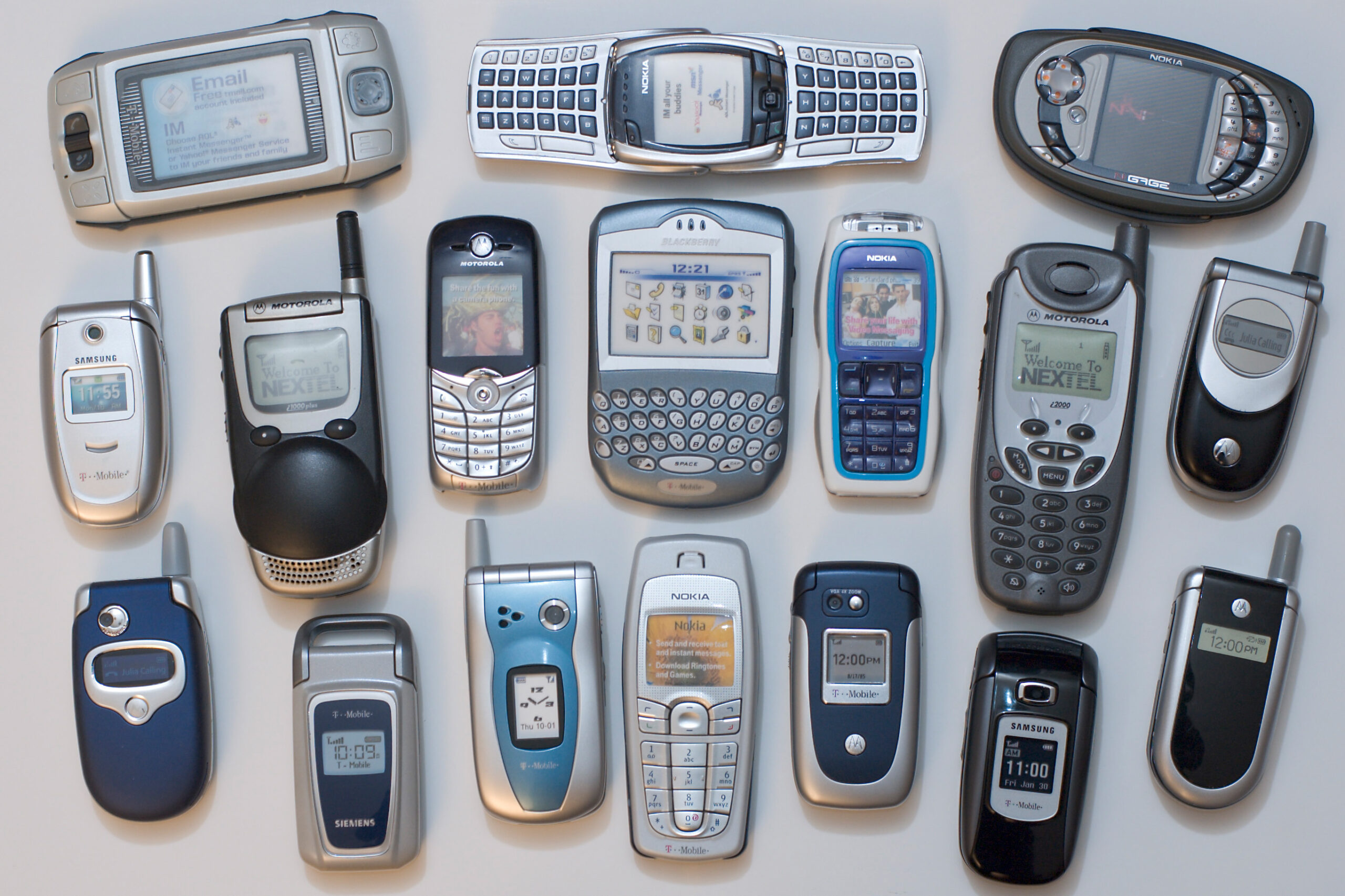This analysis summarizes and reflects on the following research: Bailard, C. S. (2015). Ethnic conflict goes mobile. Journal of Peace Research, 52(3), 323-337.
Talking Points
- The introduction of mobile phones only benefit groups organizing in areas with middle to high standards of living.
- Access to mobile phones only provide measurable assistance to organize for violence in groups under 600,000 people.
- Violent conflict is much more common in areas with low-tech communication capabilities (characterized by fewer than 34 landlines per 100 people).
Summary
This study examines the effect of mobile phones on the opportunity for ethnic groups to engage in violent conflict. The author suggests that mobile phones increase the chances of a group organizing for violent action through either: 1) lowering organizational communication costs, or 2) increasing the motivation to organize by providing a more efficient way to communicate. The study is based on the assumption that these groups are already capable of violence but mobile phones provide an advantage that makes the expected benefits of violent conflict worth the expected costs.
The foundation of this study rests on three hypotheses:
- Mobile phones will increase the probability of ethnic groups organizing for conflict the most in areas with fewer landline phones.
- Mobile phones will increase the probability of organized violence the most in smaller or more rural ethnic groups.
- Mobile phones will have a larger effect on the probability of organized violence in ethnic groups with a greater motivation to act (such as recently downgraded groups or groups that have been excluded from political power, observe lower levels of democracy, or poor living conditions).
Past studies have shown that the choices and behavior of political leaders change in accordance with the capability of their citizens to commit violence. Assuming this is true, leaders of countries less accustomed to the communication advantage gained from mobile phones may be more likely to overlook the benefit given to a rebelling group’s ability to organize against the sitting government. This was seen often during the Arab Spring through the use of texting and social media platforms.
The research showed the availability of mobile phones significantly increased the probability of an ethnic group engaging in violent conflict with its government. To address the first hypothesis, Bailard selected small geographic areas and compared mobile phone signal against the number of landline phones, and then looked back to measure the number of violent conflicts that took place in the same area. Through this comparison, a higher rate of violent group conflict in areas with fewer landlines was found. More specifically, violent conflict occurred much more often in the areas with fewer than 34 landlines per 100 people.
In support of the second hypothesis, the study revealed that small to medium sized groups (100,000-600,000 people) benefited much more from access to mobile phones than did larger groups. It was assumed that smaller groups improved their capability to recruit fighters and better communicate resource needs, whereas larger groups may have already overcome the hurdles of recruitment considering their already established membership.
The author was unable to prove the third hypothesis and show a difference in influence for recently downgraded groups, but she was able to prove a pronounced effect on other marginalized groups. The research showed a significant increase in the likelihood of organizing for violent conflict in groups that were either excluded from political power or groups living in areas displaying low qualities of democracy.
Contemporary Relevance
The events of the Arab Spring highlighted the technological advantage mobile phones bring to organizing both peaceful and violent protests. Texting, Twitter, Facebook and other avenues of social media allowed for rapid communication between groups that in turn contributed to larger demonstrations. In the age of landline telephones, people were dependent on word-of-mouth communication once they left their phones. Today, people can be constantly updated on the changes in location, tactics and timing of protests. Therefore, the instant communication provided by mobile phones reduces organizational costs (through a decrease in the time and effort of word of mouth communication) and drastically increases the participation in more fluid protests.
Through the expanding technology of mobile phones, a simple group-text, Facebook update or Twitter post can redirect a violent mob around a security checkpoint, act as a call-to-arms to radical militants, or be used as a viable and successful recruiting technique. However, this same technology can also be used to combat the above violent methods. Mobile phones are used as a network of early warning systems to report violent conflict, they are used to spread nonviolent tactics to address group violence, and they are used to spread information and hope to those stuck in areas of violent conflict that may seem to be inescapable.
Practical Implications
Mobile phones may be able to provide disfranchised ethnic groups access to the assistance provided by informational systems or local and international institutions that were previously closed off to them (intentionally or not). This study focused on the negative possibilities of mobile technology, but if used responsibly, minority groups can use the new form of communication found in mobile phones to organize peacefully and effectively in a way that can support their social or political opportunities.
Keywords: collective action, ethnic conflict, technology and conflict
Photo credit: Michael Hanscom
The above analysis is from Volume 1, Issue 1, of the Peace Science Digest.

